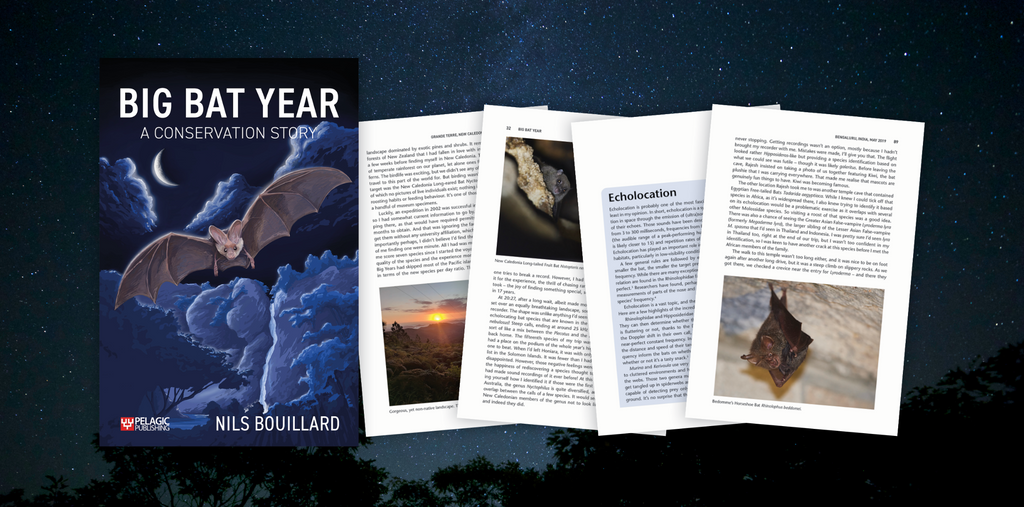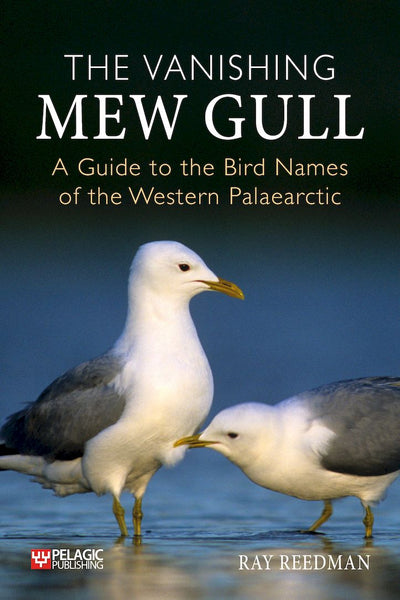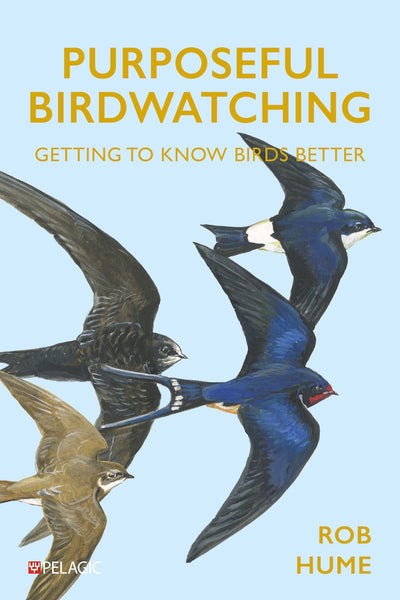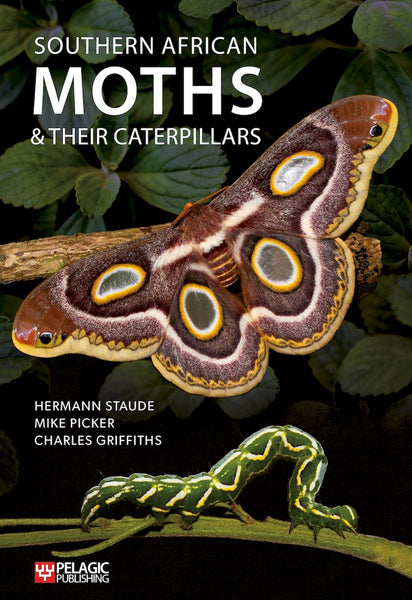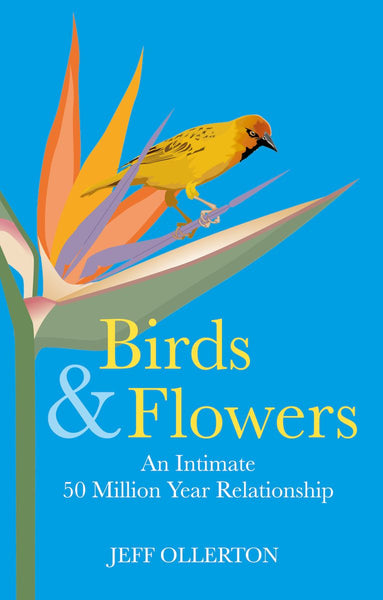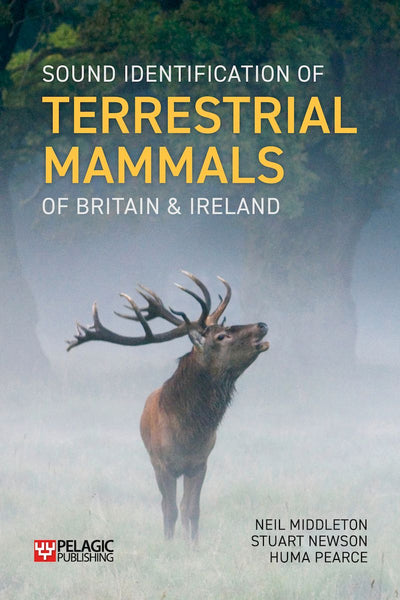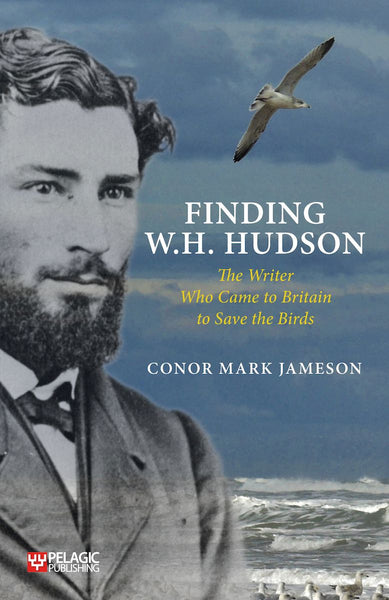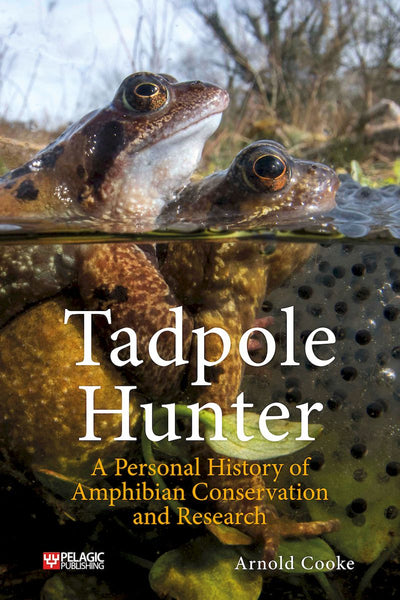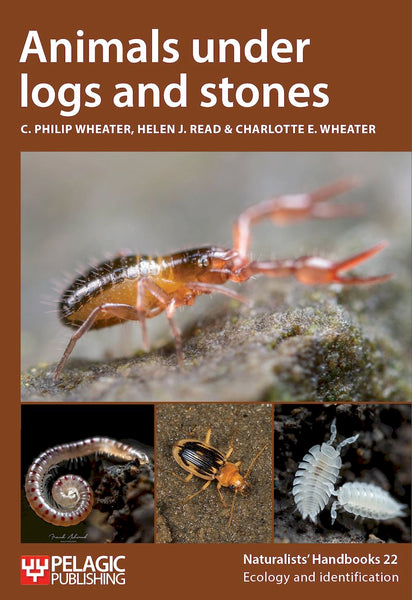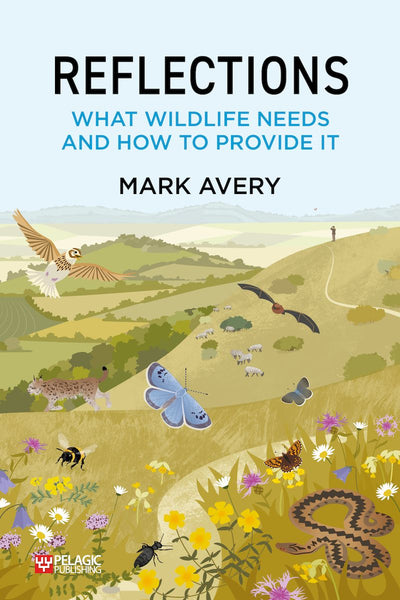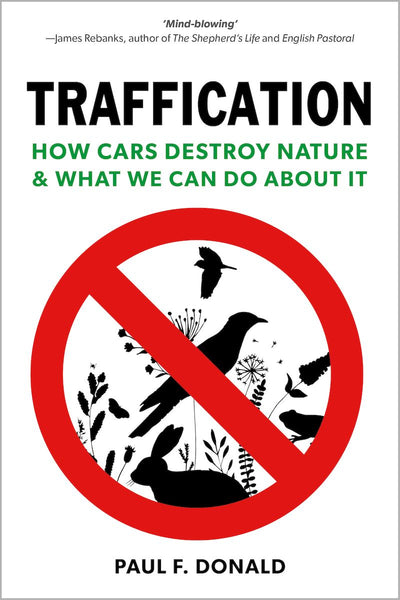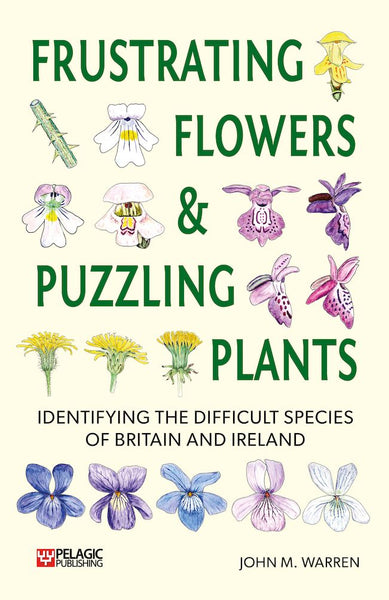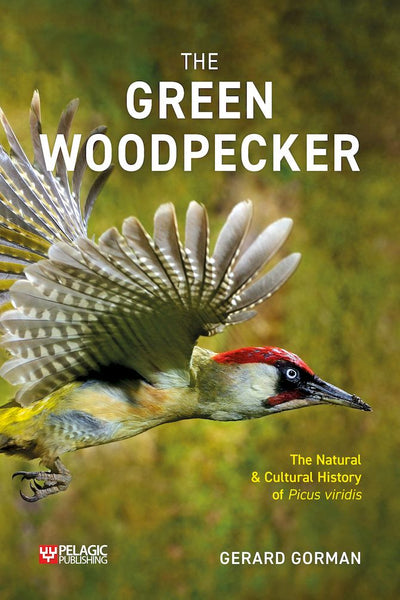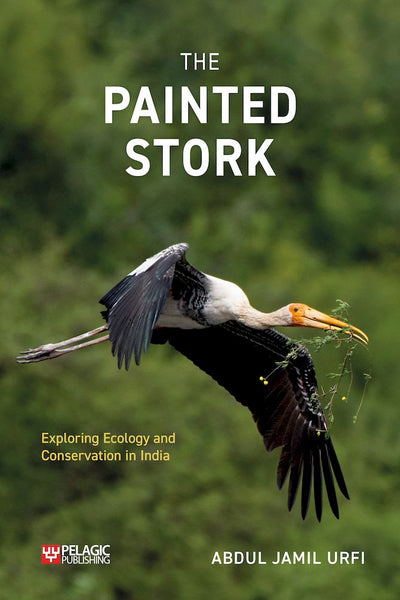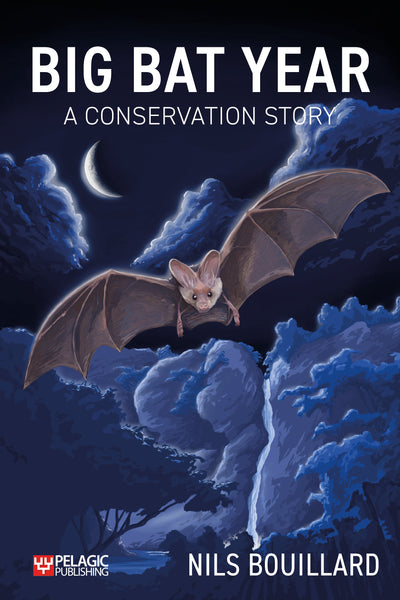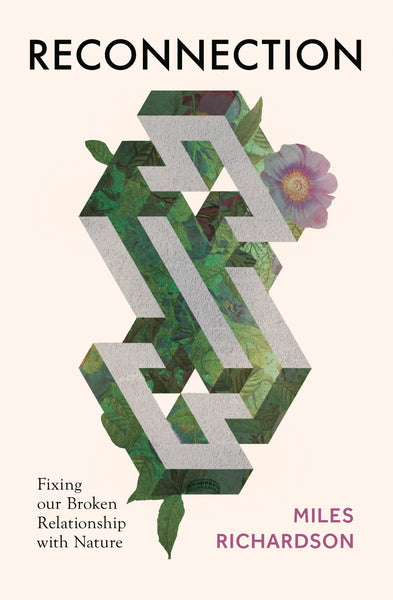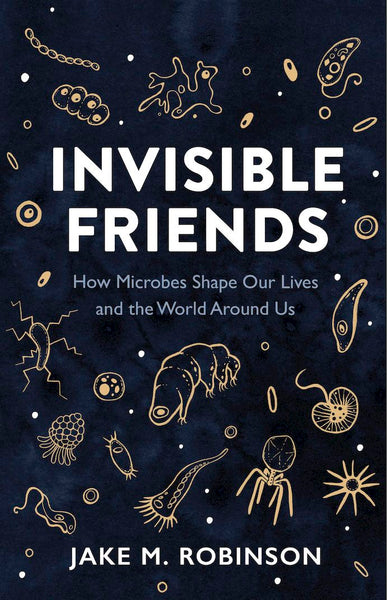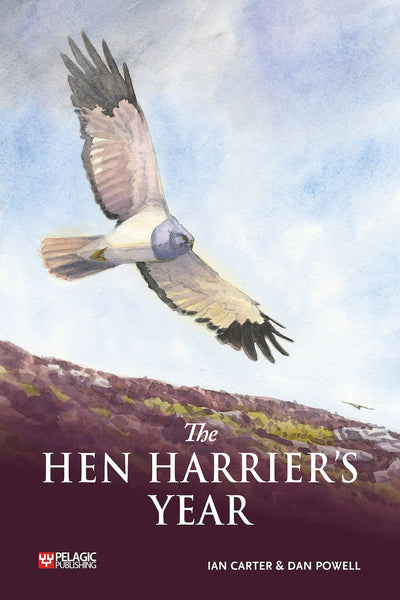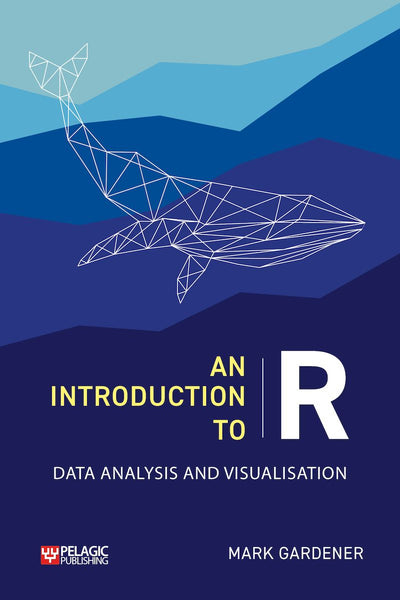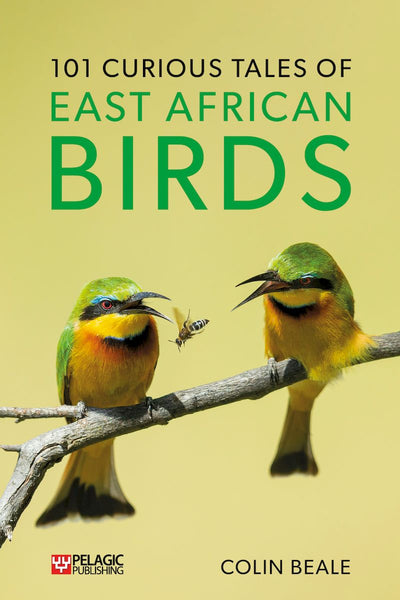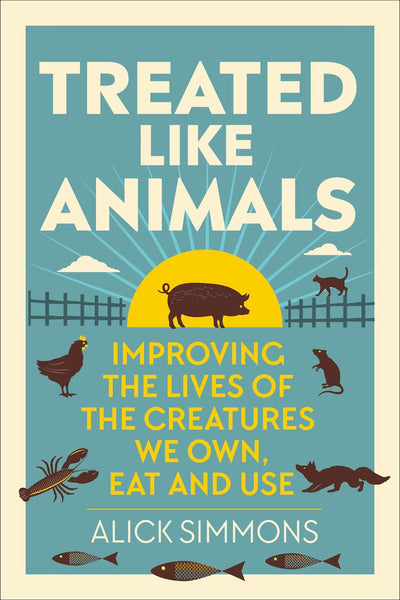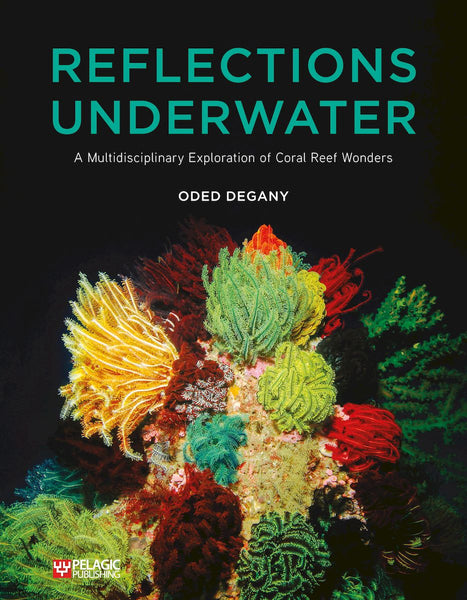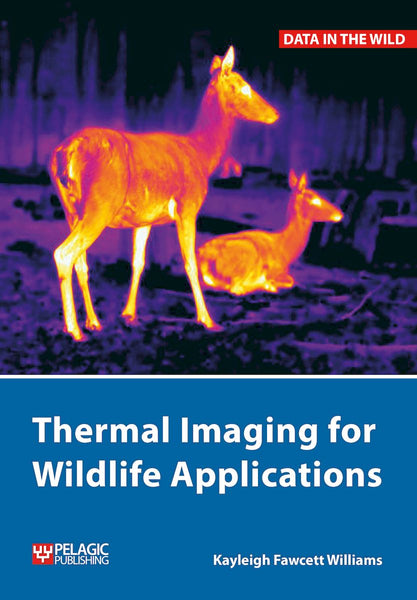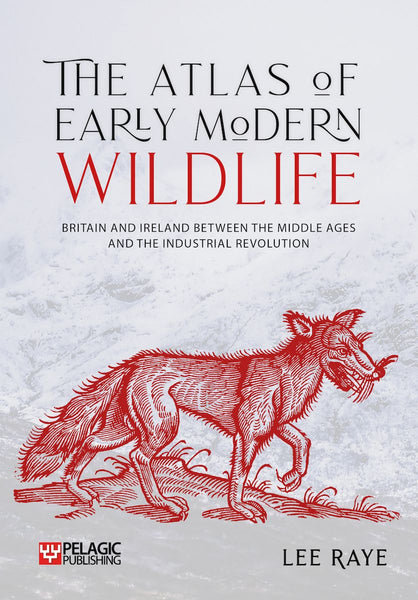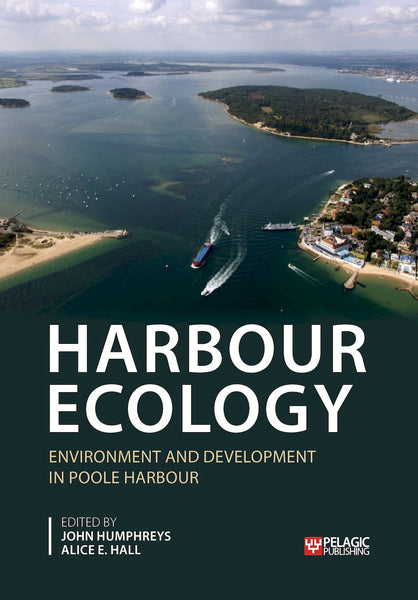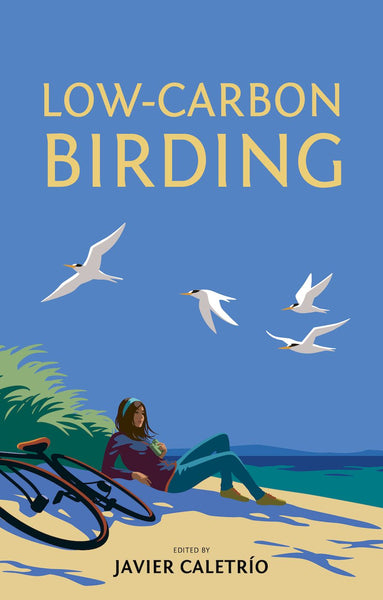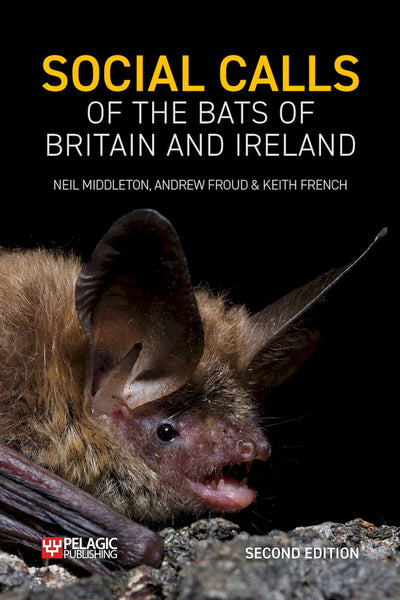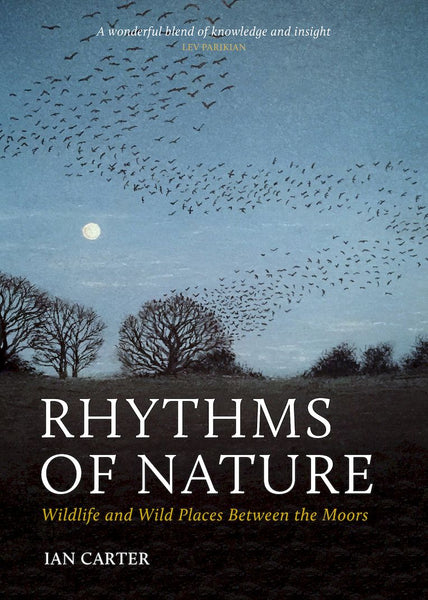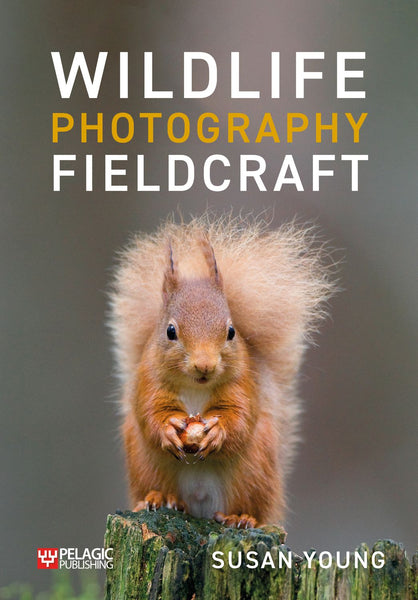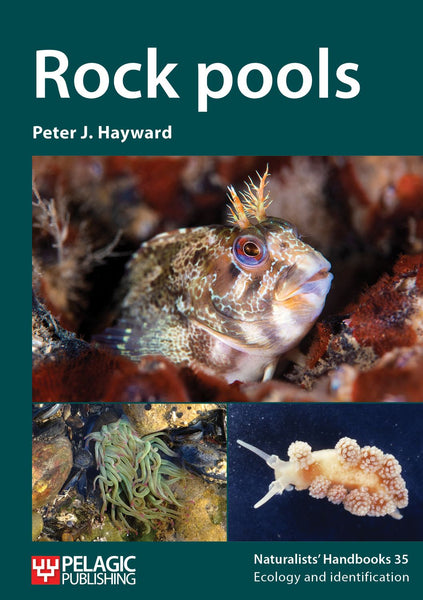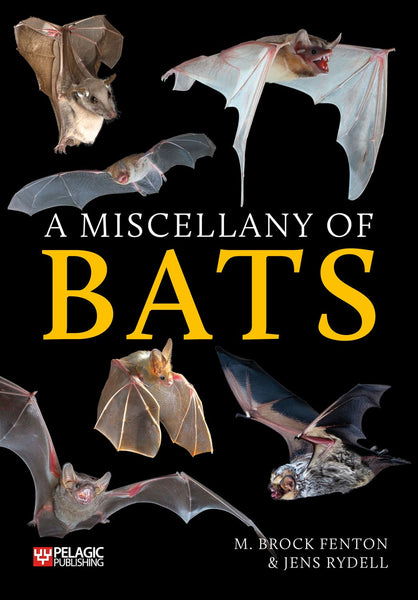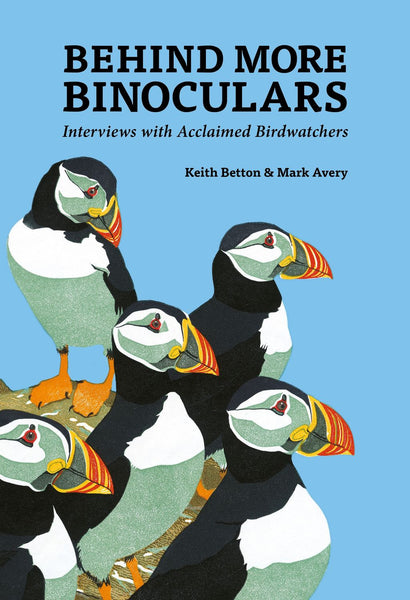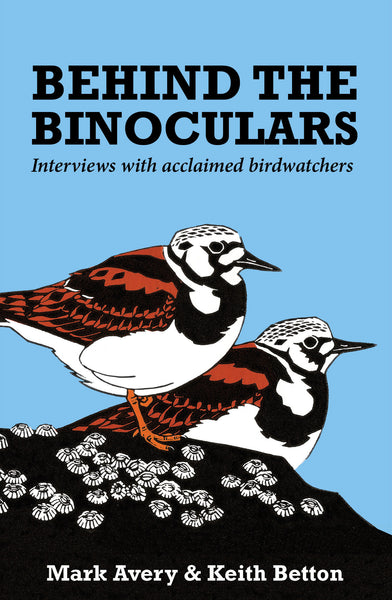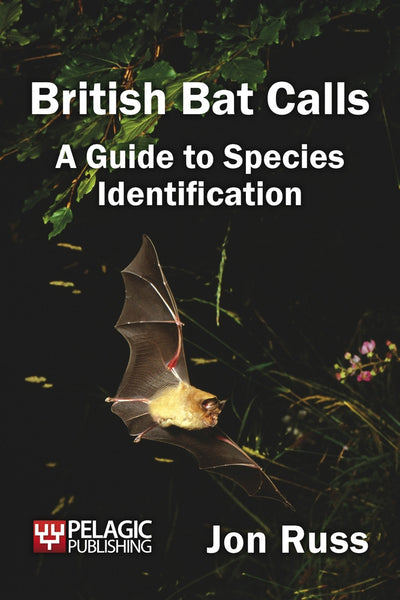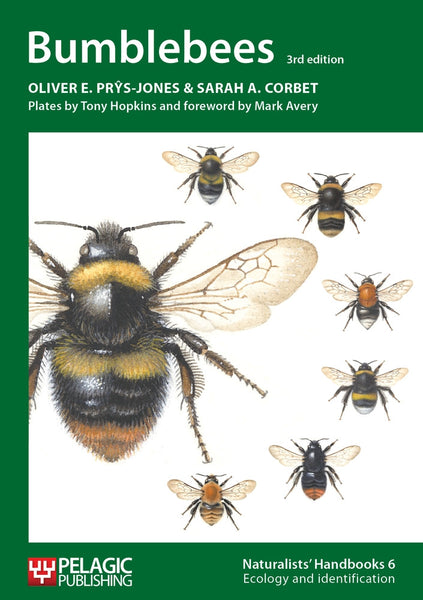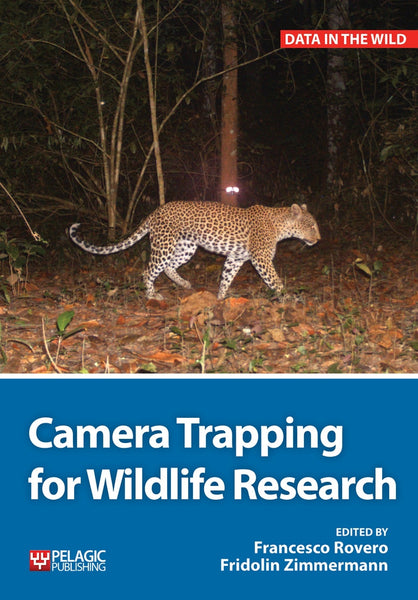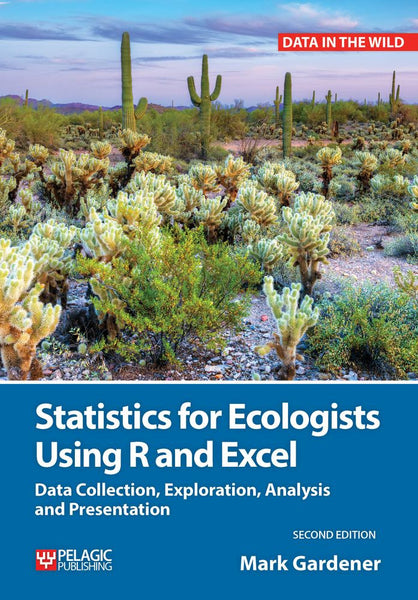Nils Bouillard discusses Big Bat Year and shares some stunning images from his adventure.
Could you tell us a little about your background and how your fascination with bats began?
I've always been fascinated by wildlife. In Kindergarten, my nickname was 'de dierenvriend', friend of the animals in Dutch. I was interested in all sorts of wildlife but I quickly became more interested in birds, until I went on a bat survey in Belgium and fell in love with them. I got hooked by how little we know about them and therefore, how much there is to discover. I pursued an education in ecology and conservation, actually researching birds but the bat work remained a significant part of my life. I left for the Big Bat Year shortly after graduation.
What was the impetus behind Big Bat Year?
As a birder, I'd heard of the adventures of Noah Strycker and Arjan Dwarshuis and I admired their dedication to bird conservation. Those Big Years also made me realise how powerful those tools could be to raise awareness about issues in a different way. I thought I'd try doing the same, albeit on a much smaller scale because the bat world is significantly smaller than the bird world.

Indonesia - Sulawesi Flying Fox Acerodon sulawensis
The trip covered almost 30 countries and no fewer than 400 species were encountered, setting a new world record. How did you go about planning the route and, looking back, would you have done anything differently?
Compared to the planning Noah and Arjan went through, I did surprisingly (alarmingly?) little planning. I took the decision to go on this world tour in May 2018, while on holiday in the Canary Islands and by August, I'd read every trip report there was, collected dozens of research papers that had species lists and locations and it felt like I'd collected about as much as was available! For the planning, I initially wrote an R script that would compile a list of target species based on the IUCN Red List species lists for each country. The way I'd written the script actually only retained the new species I could see in each country. I used the output to trim down my initial list of 45 countries for which I'd found trip reports, down to about 30. This method was heavily flawed because it assumed I'd never miss a species and also, perhaps more importantly, it assumed that I was equally likely to encounter every species in every country. It doesn't work like that! While that is how I picked the countries, the planning of what I did inside each country mostly came down to the locations I'd found coordinates for to try to see the species the authors of the report and/or papers had seen. That was flawed too! A few months into the BBY, I realised that I'd be focusing too much on the bats and not enough on the people. Visiting a location with local researchers, and sometimes contributing to their research yielded far more species than chasing theoretical lists. If I were to do this again, I'd definitely try to get in touch with as many people as possible. To be fair to past Nils, however, he did try that. He just knew far fewer people than today and you can't just hire guides for bats like you can for birds so Google searches aren't exactly the way to go.

Philippines - Peter's Fruit Bat Cynopterus luzoniensis
What approach did you take to your writing process? Did you come across any challenges?
When I left home for the BBY, I took a notebook with me. I'd never journaled before and I knew I wouldn't be very good at it but at least I'd have notes to look back on once the tour was over. The first step in writing the book was to take the notes and organise them into a very rough draft of each chapter. I did all this by hand, on an e-ink tablet because my brain struggles to write drafts on a computer. It seems to think that if it's on a computer, it has to be perfect the first time. Even then, there were many periods where I struggled to write a single word. I eventually joined a writing group (called the WriteNow! Experiment) and that really helped me. Every week, I joined one or two sessions and wrote for a couple of hours. Once all my notes were down, I ported the notes over to a word document and started creating sentences, then paragraphs, then chapters, until I had a first draft that had all my ideas. I never looked at it as one book, it felt too daunting. It always looked at individual chapters instead.
I'd never written a book before so a lot was very new to me but I quickly realised there were a lot of friends who were happy to help me, both by supporting me when I was struggling but also by providing feedback. That feedback is what allowed me to edit my unreadable notes into what I've been told is a very enjoyable book!

Thailand - Bumblebee Bat Craseonycteris thonglongyai, the smallest bat in the world
Do any memories from the trip stand out as your favourites?
So many! Be it the food I had, the dozens of millions of bats I saw everywhere and of course, the people. I'm still in touch with many of them and they were all incredible people. A big year is an incredibly lonely experience but seeing so many people get excited about me visiting their country and wanting me to see as many bats as possible was an incredible experience. My Big Bat Year would not have been the same without those amazing people!

Indonesia - The 'white' one - Temminck's Flying Fox Pteropus temminckii
Big Bat Year is a story about conservation; what advice would you give someone looking to support the bat population in their area?
It's not easy for an individual to make a difference but there are many ways to contribute to bat conservation. You could help your local bats by having a wild (and native) flower patch in your garden and/or a pond but not everyone has a garden. You can encourage your local authority to be more bat friendly by having less manicured green areas (mostly relevant in Europe and North America) or you can encourage them to protect roosts such as caves or tree roosts from disturbance (relevant around the world). It's not possible anywhere but volunteering for a local bat group or bat care organisation is not only a great way to meet fun people, it also contributes to valuable conservation efforts.
And you can talk about bats. Give talks, guide bat walks, create information boards, etc. In my opinion, a lot of the threats bats face stem from being misunderstood and a general indifference regarding their fate. Talking about bats, sharing your passion about bats is probably the best way to help everyone understand how important they are in any ecosystem and how we simply cannot afford to keep ignoring their decline around the world.
Discover more about Big Bat Year here






